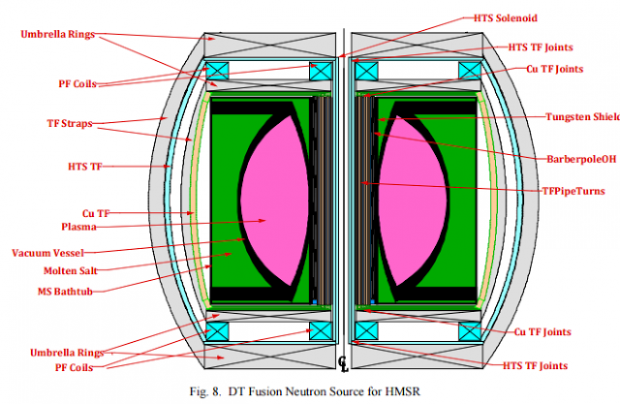
Breaking News
Living a Creative Life Maximizes Your Life
SEMI-NEWS/SEMI-SATIRE: November 9, 2025 Edition
 Trump pardons Mets legend, 'Celebrity Apprentice' alum Darryl Strawberry over tax evasion co
Trump pardons Mets legend, 'Celebrity Apprentice' alum Darryl Strawberry over tax evasion co
 You WON'T BELIEVE How Much Money We're REALLY Sending To Israel!
You WON'T BELIEVE How Much Money We're REALLY Sending To Israel!
Top Tech News
 HUGE 32kWh LiFePO4 DIY Battery w/ 628Ah Cells! 90 Minute Build
HUGE 32kWh LiFePO4 DIY Battery w/ 628Ah Cells! 90 Minute Build
 What Has Bitcoin Become 17 Years After Satoshi Nakamoto Published The Whitepaper?
What Has Bitcoin Become 17 Years After Satoshi Nakamoto Published The Whitepaper?
 Japan just injected artificial blood into a human. No blood type needed. No refrigeration.
Japan just injected artificial blood into a human. No blood type needed. No refrigeration.
 The 6 Best LLM Tools To Run Models Locally
The 6 Best LLM Tools To Run Models Locally
 Testing My First Sodium-Ion Solar Battery
Testing My First Sodium-Ion Solar Battery
 A man once paralyzed from the waist down now stands on his own, not with machines or wires,...
A man once paralyzed from the waist down now stands on his own, not with machines or wires,...
 Review: Thumb-sized thermal camera turns your phone into a smart tool
Review: Thumb-sized thermal camera turns your phone into a smart tool
 Army To Bring Nuclear Microreactors To Its Bases By 2028
Army To Bring Nuclear Microreactors To Its Bases By 2028
 Nissan Says It's On Track For Solid-State Batteries That Double EV Range By 2028
Nissan Says It's On Track For Solid-State Batteries That Double EV Range By 2028
Hybrid Fusion Fission Molten Salt Reactor

For comparison, the largest PWR's now under construction will convert the same thermal power to 1.6 GW of electricity, i.e., 500 MW less. One could consider using a portion of the extra 500 MW of electrical power resulting from the greater thermal conversion efficiency to operate the HMSR's driven DT fusion source of energetic neutrons.
Because simulations showed that less than 1% of the MSR power is adequate for the HMSR, no more than 50 MW of average DT fusion power is needed for a 5 GWth HMSR if all fusion neutrons are absorbed in the molten salt.
A hybrid molten salt reactor includes a source of energetic neutrons, the energetic neutrons having a typical energy per neutron of 14 MeV or greater, a critical molten salt reactor, and a molten salt comprising a dissolved mixture of fissile actinides and fertile actinides. The molten salt circulates in a loop through the reactor vessel and around the source of energetic neutrons. The fissile actinides and fertile actinides sustain an exothermic nuclear reaction in which the actinides are irradiated by the energetic neutrons, the energetic neutrons inducing subcritical nuclear fission, and undergo critical nuclear fission when circulating through the critical molten salt reactor. A portion of the daughter neutrons generated by nuclear reactions are captured by the fertile actinides in the molten salt and induce transmutation of the fertile actinides into fissile actinides and sustain critical fission chain reactions in the molten salt reactor.

 Carbon based computers that run on iron
Carbon based computers that run on iron

